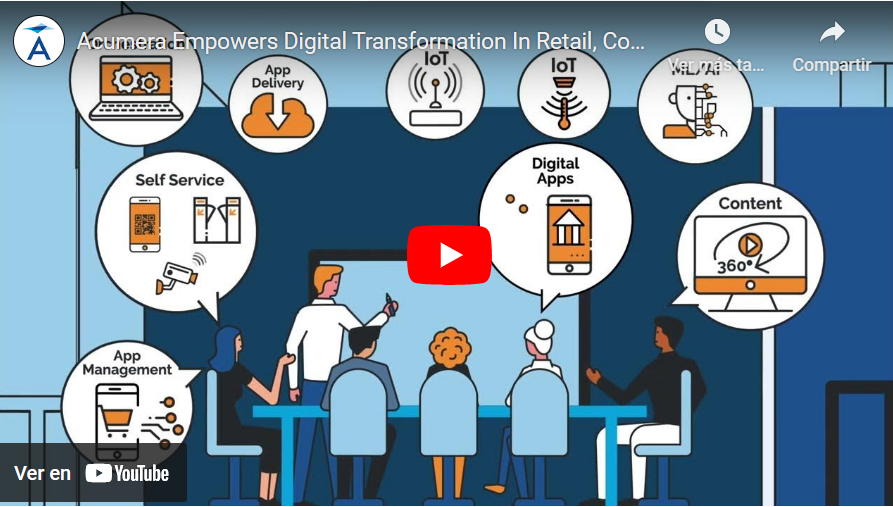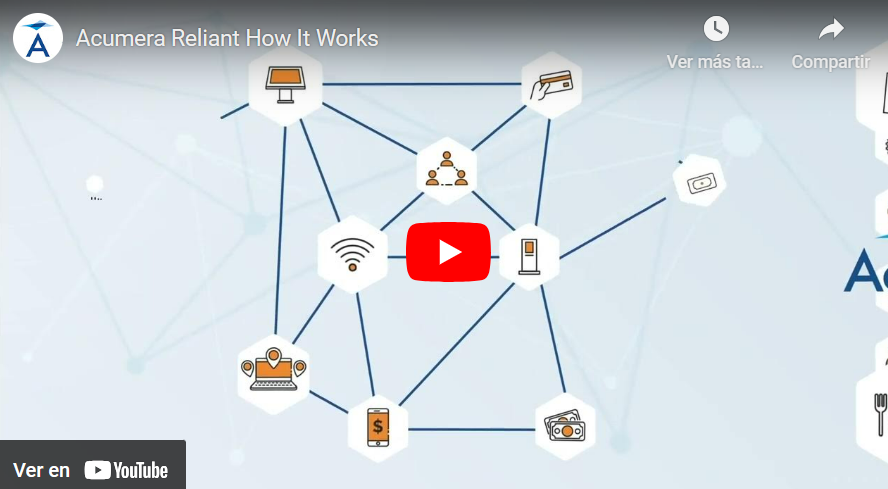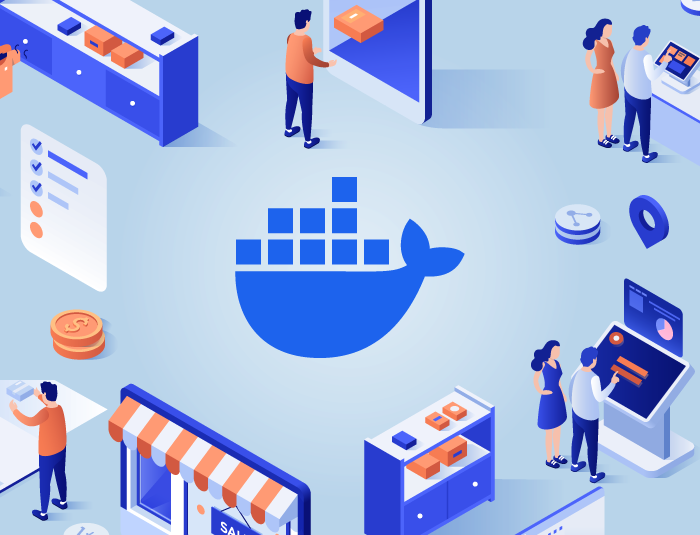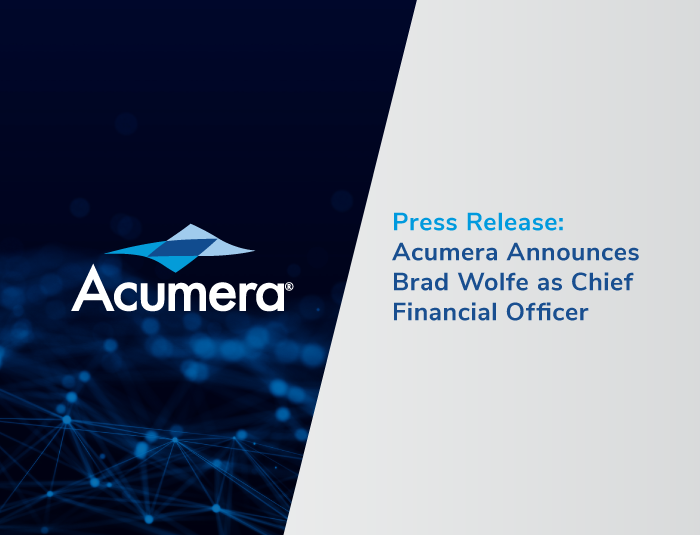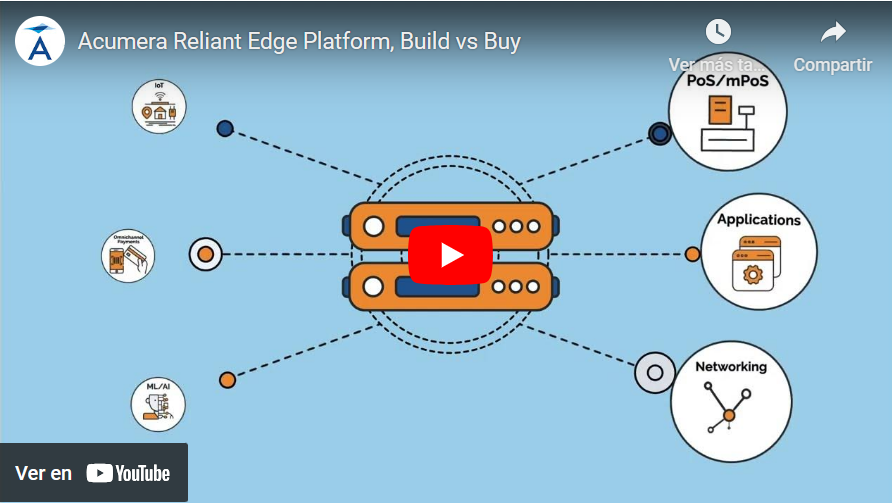
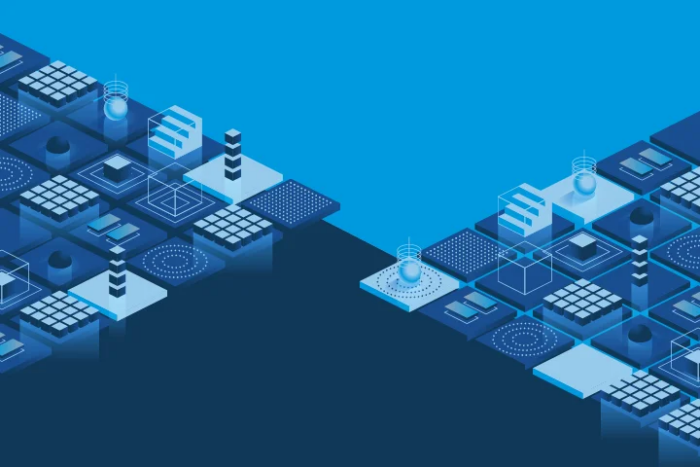
In today’s fast-paced digital landscape, the choice between serverless computing and containerization has become increasingly important for retailers and restaurateurs. Both technologies offer unique advantages and challenges, making it essential to understand their differences and how they can best serve your needs. This article aims to compare and contrast serverless vs containers, helping you make informed decisions for your projects.
What Is Serverless Computing?
Serverless computing, also known as Function as a Service (FaaS), is a cloud computing model where cloud providers manage the infrastructure, allowing developers to focus on writing and deploying code in the form of serverless functions. These serverless functions are triggered by specific events, such as HTTP requests or database changes, and scale automatically based on demand.
Key Benefits of Serverless Computing:
● Reduced Operational Costs: With serverless computing, you only pay for the compute time consumed by your functions, leading to cost savings compared to traditional server-based architectures.
● Greater Scalability and Flexibility: Serverless functions can handle sudden spikes in traffic without manual intervention, making them ideal for applications with unpredictable workloads.
● Simple Backend Coding: Serverless computing abstracts away the complexity of managing servers, allowing developers to focus on writing code and building serverless applications.
What Are Containers?
Containers are lightweight, portable, and self-contained units that package an application and its dependencies, allowing it to run consistently across different environments. Containers are managed by container orchestration platforms like Docker Swarm, Amazon ECS and Kubernetes, which automate the deployment, scaling, and management of containerized applications.
What Is Container Based Architecture?
Container-based architecture refers to the practice of using containers to deploy and manage applications. This approach offers several benefits, including:
● Efficient Utilization of System Resources: Containers share the kernel of the host’s operating system, allowing for efficient resource utilization and faster startup times compared to virtual machines.
● Enhanced Customization: Containers can be easily customized to meet the specific requirements of your application, providing greater flexibility and control over your environment.
● Enhanced Security Features: Containers provide isolation between applications, reducing the risk of security vulnerabilities and ensuring that each application has its own runtime environment.
Key Benefits of Containerization:
● Efficient Resource Utilization: Containers are lightweight and consume fewer resources compared to virtual machines, making them ideal for optimizing resource usage in cloud environments.
● Enhanced Customization: Containers can be easily customized and deployed, allowing for greater flexibility in application development and deployment.
● Enhanced Security Features: Containers provide isolation between applications, reducing the risk of security vulnerabilities and ensuring that each application has its own runtime environment.
Containerization vs Serverless: Is Serverless Best?
When comparing containerization vs serverless computing, it’s essential to consider your projects specific requirements and constraints. Serverless architectures are ideal for applications with unpredictable workloads and a need for rapid scaling, while containerization offers greater flexibility and control over your environment.
How Can Serverless and Containers Work Together?
In some cases, it may be beneficial to use a hybrid approach, combining serverless computing and containerization to take advantage of their respective strengths. For example, you could use serverless functions to handle HTTP requests and use containers to run more complex, stateful applications.
How Are Serverless Computing and Containers Different?
● Scalability: Serverless computing offers automatic scaling based on demand, while containerization requires manual scaling.
● Ease of Deployment: Serverless computing abstracts away the complexity of managing servers, making deployment simpler compared to containerization.
● Workflow: Serverless functions are event-driven, while containerization follows a more traditional workflow.
● Resources: Serverless applications only consume resources when functions are running, while containerization consumes resources continuously.
● Cost Comparison: Serverless computing can be more cost-effective for applications with unpredictable workloads, while containerization may be more cost-effective for applications with consistent, high traffic volumes.
How Are Serverless Computing and Containers Similar?
While serverless computing and containers have their differences, they share common objectives and complementary features. Both technologies play a crucial role in modern software development and deployment, offering developers and businesses greater flexibility, scalability, and efficiency.
How Should Businesses Choose Between Serverless Architecture and Containers?
When choosing between serverless vs containers, businesses should consider several factors, including project requirements, team skills, and business goals. Serverless architecture may be more suitable for applications with unpredictable workloads and a need for rapid scaling, while containerization may be more suitable for applications requiring greater control over the runtime environment.
Final Thoughts:
Both serverless computing and containers offer unique advantages and challenges, and the choice between serverless vs containers depends on your specific requirements and constraints. By understanding the key differences between serverless computing and containerization, you can make informed decisions that align with your project goals and objectives.
If you’re unsure which approach is best for your project, contact us for a consultation. Our experts can help you determine the best strategy for your specific needs and guide you through the implementation process.


